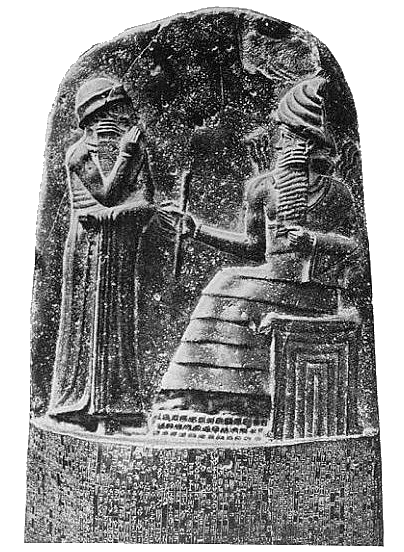The Ancient World
In ancient Rome, bird poo was a common treatment for acne, and due to the high nitrogen content, may well have been effective.
European Royalty
Past royal figures of Europe did not favour bathing. In fact, Henri IV of France believed bathing to be downright dangerous. He probably only had about 5 baths in his whole life!
Past royal figures of Europe did not favour bathing. In fact, Henri IV of France believed bathing to be downright dangerous. He probably only had about 5 baths in his whole life!
Body Modifications
Lip plating goes back to about 8700 BC; however, it has occurred in various cultures over time. And what about the Kayan people of Northern Thailand who regard elongated necks as a sign of beauty? To achieve this look they wear brass coils around their necks from about the age of five. An interesting fashion!
Artificial cranial deformation is a very old practice which predates written history and it still occurs in Vanuatu. It involves elongating the head, usually a very young child, often by using two pieces of wood and a binding cloth.
Foot Binding
Bound feet used to be considered highly attractive in China. The tortuous process required the breaking of toes, the arch of the foot, and the wrapping of the toes under the feet. Supposedly, this was sexually enticing to men.
 |
| 'Lilly feet' |
The Boy Who Climbed Into the Moon, by David Almond, about a boy who climbs a ladder to the Moon and goes inside.

_-_Henry_IV%2C_King_of_France_in_Black_Dress_-_WGA18234.jpg)















